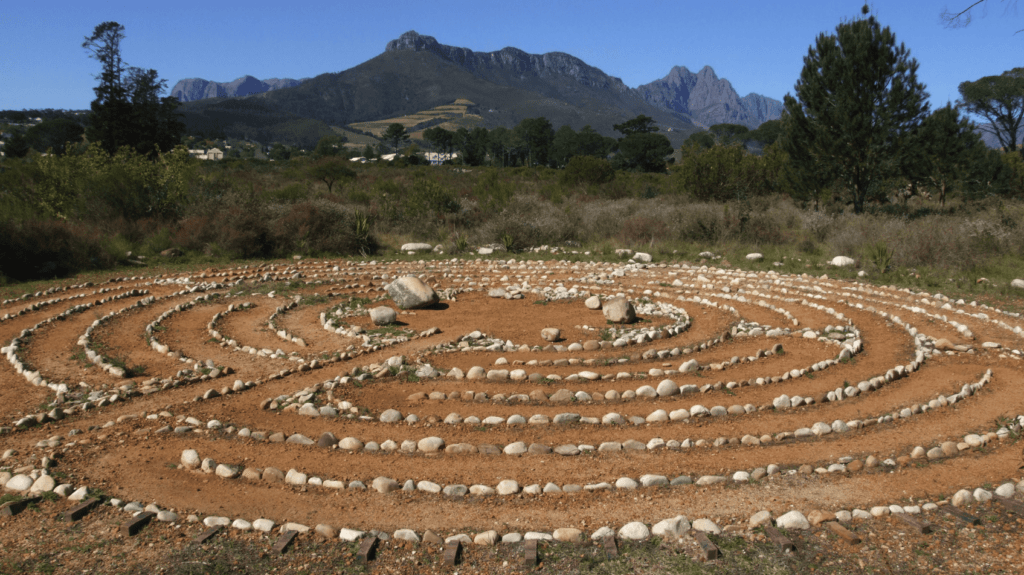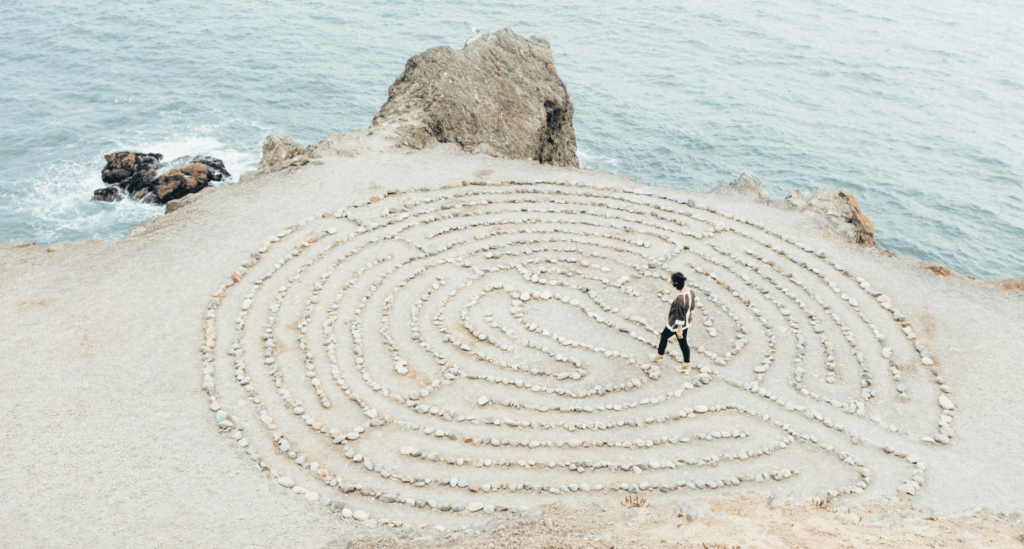The following blog was written by Sigmund team member Romana Brigante, PMP, LMSW. Romana is a licensed social worker and former clinician with over 10 years of experience working in behavioral health. She is one of several former behavioral health professionals on staff here at Sigmund that provide tremendous insights about provider and patient experiences in our industry. Those insights have been invaluable to our software development and how we serve our behavioral health and addiction treatment clients.
It’s always an educational treat when Romana puts her Clinician Hat back on and shares her unique background and perspectives from working in the field. Check out her most recent contribution below!
One of my favorite parts of being a clinician was managing the DBT (Dialectical Behavior Therapy) program. This skill-based treatment methodology made a tremendous impact on the participants’ ability to reach their treatment goals and the groups were fun to lead! This month, we’ll explore one of my favorite activities from the DBT program: building a labyrinth for labyrinth walking.
For centuries, labyrinths have been used for meditative walks that follow a spiral path that loops around in a circular motion, ending at a single point inside the center of the spiral. The labyrinth symbolizes a journey to a predetermined destination, such as a pilgrimage to a holy site or our passage from life to death. Labyrinth walking is an ancient activity that provides an opportunity to slow down, contemplate, and meditate as you travel towards the center, a place of stillness and peace.
After sharing the history of this practice with the group, they decided that we should make a labyrinth of our own.
Read on to learn about our group’s process and experience building a labyrinth! Whether you’re a clinician looking for new ways to engage with your patients, or an individual looking for new strategies for mindfulness, this practice can help enrich the lives of you and those around you.

Creating Our Labyrinth
To kick things off, we formed a Labyrinth Team, made up of interested staff and the participants in my DBT skills group. As a first step, the group discussed design concepts for our labyrinth, which led us to do some background research on labyrinths.
We discovered that, technically, a labyrinth is not a maze. By definition and design, a labyrinth is made up of a single path to the center, which also serves as the path back out. Additionally, labyrinths don’t contain dead ends as mazes do.
However, life and recovery are a series of starts, pauses, 360s, recalculations, and restarts, so we decided to create our labyrinth a bit differently. Though the labyrinth makers of old may not have agreed, we modeled our meditative space after a maze, with one alteration – our hybrid labyrinth/maze would not have “dead ends.” Instead, it would have “respite spots.” This renaming and reconsideration of the dead ends felt good to the group; it emphasized that the energy for these turning points should convey a feeling of moving forward and not an end.
The team, which included our Art Therapist, decided to adorn each respite spot with a plaque created by a patient with a meaningful lesson, quote. These peaceful places would create many contemplative opportunities throughout the traveler’s journey to the center of the labyrinth.
During art therapy sessions, the patients worked to create his/her own plaque using the following guidance: Think of a challenging time you have had to endure and what was the lesson learned during your journey to overcome? How can this be artistically expressed? Is there a quote that best reflects the lesson learned or is it better reflected in your own words?
Simultaneously, the team collaborated on a blueprint for the labyrinth, cleared the space in the yard, and gathered and placed the rocks to outline the path.
We all agreed that the center needed to be extra special. We decided to purchase a water fountain where travelers could leave rocks, items, or throw in pennies. Our team considered water to be a healing element and the fountain provided a flowing sense of the natural order of life. In addition, the action of throwing in a “wish” felt very nostalgic and comforting to the team.
As right as the water fountain felt, there were two problems – how were we going to power the fountain and maintain the appropriate water levels? After a little Googling and ingenuity, we were able to connect the fountain to a solar light. Maintaining the water levels required a more creative solution because there was no plumbing option available. Instead, we created a chart where each staff member and patient would take turns every morning to refill the fountain as part of their “honoring” of the space we had created.
Grand Opening
Once the labyrinth was completed, we held a Grand Opening celebration and invited all staff and patients to participate. The DBT group members provided a presentation on how the labyrinth should be used and we provided tokens for all interested travelers to leave at the center.
The Labyrinth Team was proud to present their collaborative creation to their peers and staff members, and rightfully so.
Maintaining Our Space
Labyrinth maintenance was a shared responsibility for the DBT group members and staff. The team saw it as a sacred space that we built so we worked hard to make sure it was kept up with care. That maintenance included raking leaves in the fall, replacing damaged plaques, refilling the daily, and readjusting rocks when they were moved out of place.
The way we treated and spoke about our labyrinth made the journeys through it more meaningful for the travelers – it was not just a rock maze with a few messages and a fountain. It was the culmination of our healing messages, validation of our struggles, and a place to put forth our desires and wishes into the universe.
When new members came into DBT, they were given the opportunity to add their own plaque (when they were ready). In this way, the sacred space created by the original group grew and changed as our group grew and changed.

Creating Your Own labyrinth
Beyond the clinical utility of this activity, the labyrinth became a truly living space that was quite remarkable to be a part of.
I hope this blog inspires you on your own journeys to contemplation, peace, and mental wellness. Take it from our group – a labyrinth can be any size or shape that feels right (it can even be rather mazy!).
Whether you build or walk a labyrinth by yourself, or with a group (of friends, family, or patients), the growth and healing lie in the doing, the silence, the teamwork. Humans have relied on this restorative practice for thousands of years, for reasons that become abundantly clear once you engage in it yourself.


